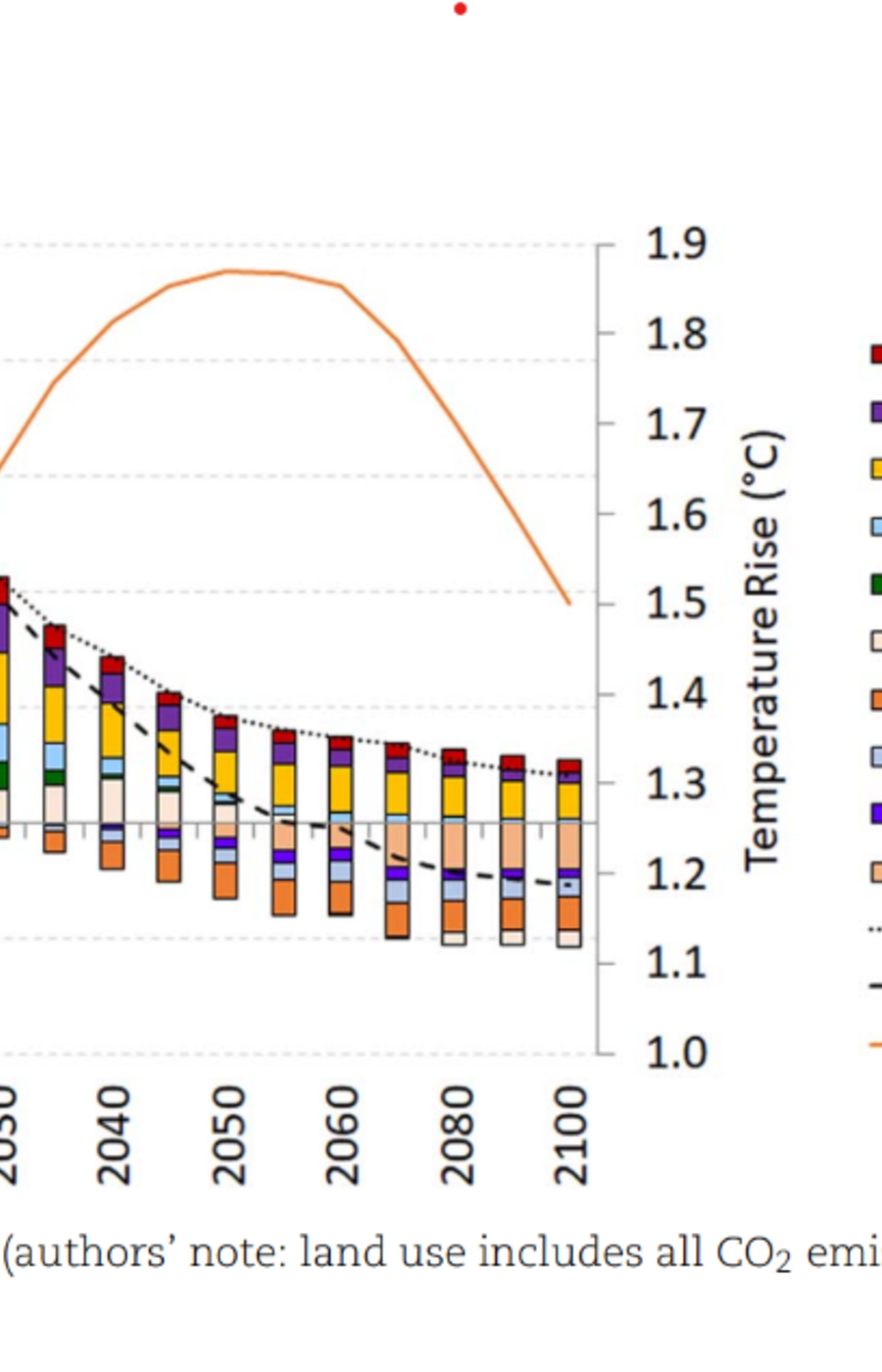Department of Mechanical Engineering | Aalto University (external link)
The Department of Mechanical Engineering is a leading multidisciplinary research establishment with strong industrial ties and impact on industry and society alike.

Governments around the world have made numerous climate mitigation pledges. The Paris Agreement looks to achieve net zero emissions globally by 2050. Finland has adopted a more ambitious deadline of 2035. To have any hope of meeting these targets, governments and energy infrastructure organisations need to know what needs to be done now to reduce emissions.
Researchers in the Department of Mechanical Engineering at Aalto University, use modelling to provide user groups (such as national governments and the Intergovernmental Panel on Climate Change (IPCC) with scenarios to assess options for reducing emissions. These models start from a given ‘superstructure’ which links energy options together and allows it to map out different future scenarios. With constraints (environmental regulations) and targets (such as net zero by 2050), models can map out, for example, the use of wind potential in Finland and suggest where to build wind farms to meet consumption demands within the programmed timeframe. Modelling is used to highlight feasibility, vulnerability, and unintended impacts on health and the environment of energy transition pathways, and to examine whether stringent climate targets could be reached while retaining economic growth.
Scenarios created by modelling are essential for showing decision makers what their policies may look like in practice. However, just as modelling can accurately map out potential energy futures, areas which it cannot predict can also be informative. Radical changes in our daily behaviour, such as turning down our central heating, travelling less and moving away from consumption as a form of leisure are regularly cited as low-cost, high-impact measures to reduce carbon emissions. Yet human behaviour shifts are unpredictable and difficult to consider in the cost-driven models. Likewise, national governments could quickly introduce radical bans on certain activities to lower emissions. But other political and economic pressures prevent this from happening. While modelling provides crucial infrastructural scenarios, it’s limits in predicting human behaviour remind us that societal changes cannot be treated separately from technological solutions.

Researcher: Ilkka Keppo, Associate Professor, Department of Mechanical Engineering, School of Engineering, Aalto University
Text: Peter Taggart

The Department of Mechanical Engineering is a leading multidisciplinary research establishment with strong industrial ties and impact on industry and society alike.